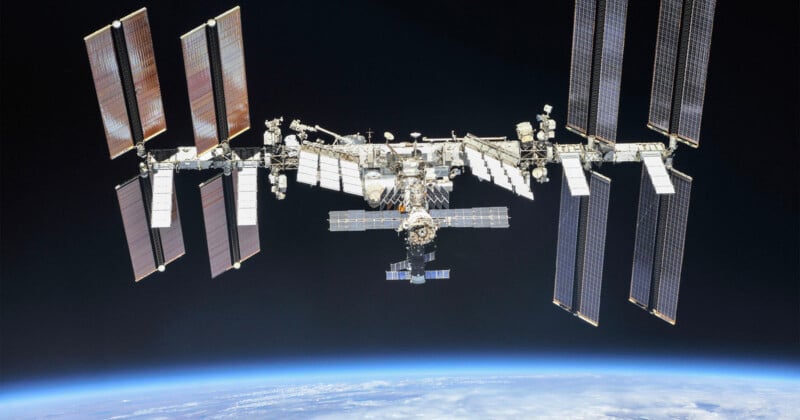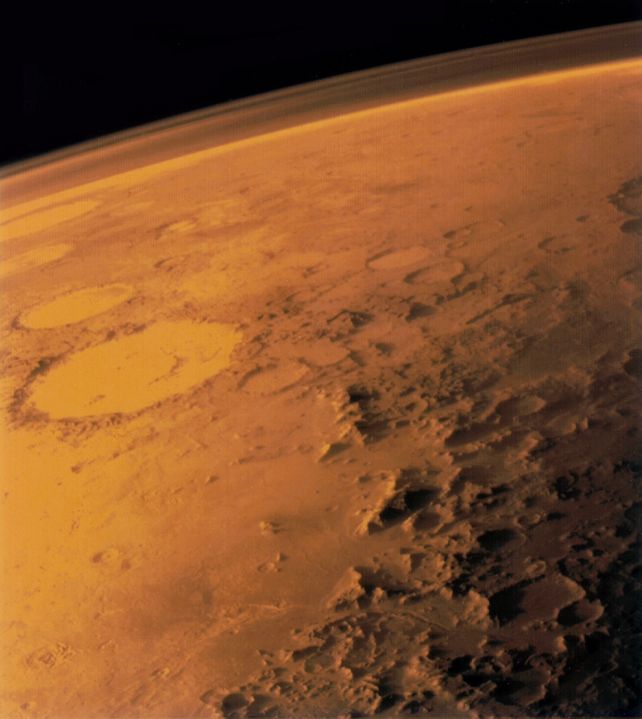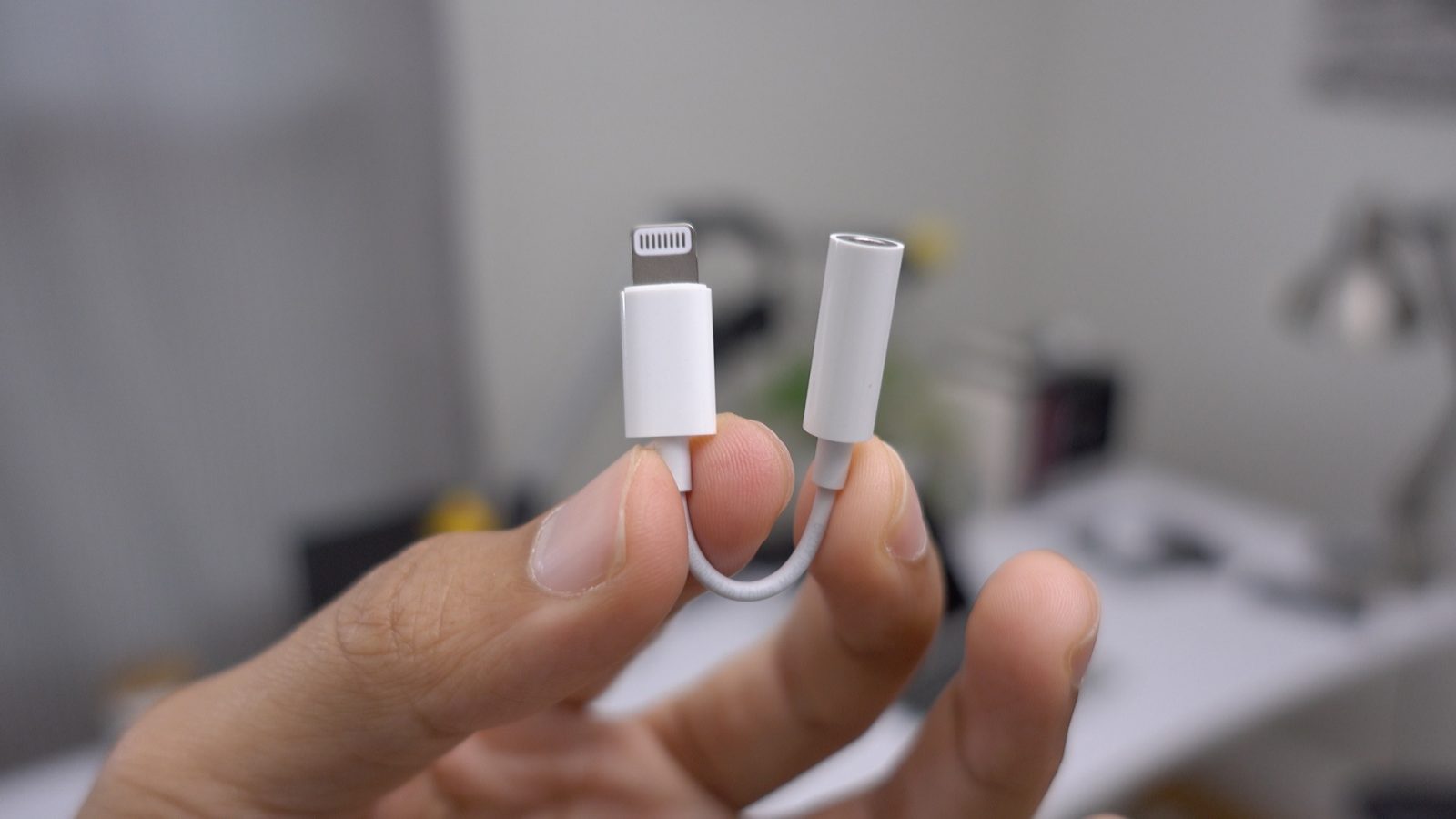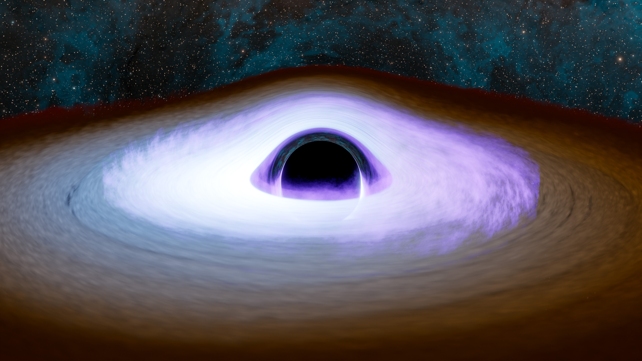![]() The NASA/Roscosmos International Space Station (ISS) has a large fleet of Nikon Z9 cameras as astronauts there prepare to retire the Nikon DSLRs that have been the primary equipment in orbit for decades. Nikon released 13 Nikon Z9 cameras, 15 FTZ II adapters, and more than 15 Nikkor Z lenses (including telephoto and prime lenses) were launched to the ISS in January as part of NASA's 20th Northrop Grumman commercial resupply services mission. The Cygnus cargo spacecraft, carried on a SpaceX Falcon 9 rocket, launched from the Space Launch Complex 40 at the Cape Canaveral Space Force Station on January 30, 2024. The Japanese camera company considers this a special achievement for the Nikon series Z, as it is Nikon’s first mirrorless camera for use by astronauts. The cameras are replacing the current Nikon D6 and D5 SLR cameras on the ISS (the D5 has been “working” on Earth since 2017).
The NASA/Roscosmos International Space Station (ISS) has a large fleet of Nikon Z9 cameras as astronauts there prepare to retire the Nikon DSLRs that have been the primary equipment in orbit for decades. Nikon released 13 Nikon Z9 cameras, 15 FTZ II adapters, and more than 15 Nikkor Z lenses (including telephoto and prime lenses) were launched to the ISS in January as part of NASA's 20th Northrop Grumman commercial resupply services mission. The Cygnus cargo spacecraft, carried on a SpaceX Falcon 9 rocket, launched from the Space Launch Complex 40 at the Cape Canaveral Space Force Station on January 30, 2024. The Japanese camera company considers this a special achievement for the Nikon series Z, as it is Nikon’s first mirrorless camera for use by astronauts. The cameras are replacing the current Nikon D6 and D5 SLR cameras on the ISS (the D5 has been “working” on Earth since 2017).
![]() Nikon’s first move to digital SLRs was made possible by the Nikon NASA D2XS, which was used during the Space Shuttle Discovery mission and the ISS in 2007. Nikon cameras and lenses have been used by NASA in space exploration on various missions and space missions since the Apollo 15 mission over 50 years ago. Since 1999, Nikon cameras (Nikon F5) and Nikkor lenses have been used inside the orbiting laboratory to aid in scientific research, processing, and helping astronomers capture images of Earth, the sky, and beyond. These devices are used inside the space station, as well as in the vacuum of the atmosphere in a special “blanket” developed by NASA. In 2008, NASA received a D2XS digital SLR, and in 2013, 38 Nikon D4 digital SLR cameras and 64 Nikkor lenses were delivered to the astronauts. As astronaut Don Pettit explained to PetaPixel last year, the sensors are hit by “cosmic rays” and the sensors are destroyed, giving them about six months of shelf life. These Nikon Z9s that were launched last month, therefore, will be replaced by another group this summer.
Nikon’s first move to digital SLRs was made possible by the Nikon NASA D2XS, which was used during the Space Shuttle Discovery mission and the ISS in 2007. Nikon cameras and lenses have been used by NASA in space exploration on various missions and space missions since the Apollo 15 mission over 50 years ago. Since 1999, Nikon cameras (Nikon F5) and Nikkor lenses have been used inside the orbiting laboratory to aid in scientific research, processing, and helping astronomers capture images of Earth, the sky, and beyond. These devices are used inside the space station, as well as in the vacuum of the atmosphere in a special “blanket” developed by NASA. In 2008, NASA received a D2XS digital SLR, and in 2013, 38 Nikon D4 digital SLR cameras and 64 Nikkor lenses were delivered to the astronauts. As astronaut Don Pettit explained to PetaPixel last year, the sensors are hit by “cosmic rays” and the sensors are destroyed, giving them about six months of shelf life. These Nikon Z9s that were launched last month, therefore, will be replaced by another group this summer.
![]() As mentioned earlier in this article, Nikon makes custom firmware for space cameras designed to support space enthusiasts. This includes increasing noise reduction to faster shutter speeds due to the constant bursts of cosmic radiation that crews and equipment are exposed to at the space station. Some changes have been made to file name sequences, as well as defaults and controls that are designed to live inside the lab environment and be locked in protective barriers for external applications. Changes have also been made to the camera’s FTP and transfer protocol to reduce traffic, increase efficiency, and reduce power consumption when sending images from space to Earth. More information about this process can be read in previous PetaPixel articles.
As mentioned earlier in this article, Nikon makes custom firmware for space cameras designed to support space enthusiasts. This includes increasing noise reduction to faster shutter speeds due to the constant bursts of cosmic radiation that crews and equipment are exposed to at the space station. Some changes have been made to file name sequences, as well as defaults and controls that are designed to live inside the lab environment and be locked in protective barriers for external applications. Changes have also been made to the camera’s FTP and transfer protocol to reduce traffic, increase efficiency, and reduce power consumption when sending images from space to Earth. More information about this process can be read in previous PetaPixel articles.
![]() “Nikon strongly believes in NASA's mission of space exploration and pioneering research, and we will continue to work closely with the space agency to ensure that they are well equipped,” said Naoki Onozato, President and CEO, Nikon Inc.. “Courageous employees they have to endure the challenges of space exploration, but we want to help make sure they don’t have to worry about their camera equipment.” NASA has worked with Nikon for a long time, since 1971 when the custom Nikon Photomic FTN was used on the Apollo 15 mission. In 2017, NASA ordered a group of 53 Nikon D5 DSLRs on the ISS. Going forward, expect it to be the Z9 – until Nikon makes a new flagship.
“Nikon strongly believes in NASA's mission of space exploration and pioneering research, and we will continue to work closely with the space agency to ensure that they are well equipped,” said Naoki Onozato, President and CEO, Nikon Inc.. “Courageous employees they have to endure the challenges of space exploration, but we want to help make sure they don’t have to worry about their camera equipment.” NASA has worked with Nikon for a long time, since 1971 when the custom Nikon Photomic FTN was used on the Apollo 15 mission. In 2017, NASA ordered a group of 53 Nikon D5 DSLRs on the ISS. Going forward, expect it to be the Z9 – until Nikon makes a new flagship.
NASA Goes Mirrorless: The Nikon Z9 is on the International Space Station














